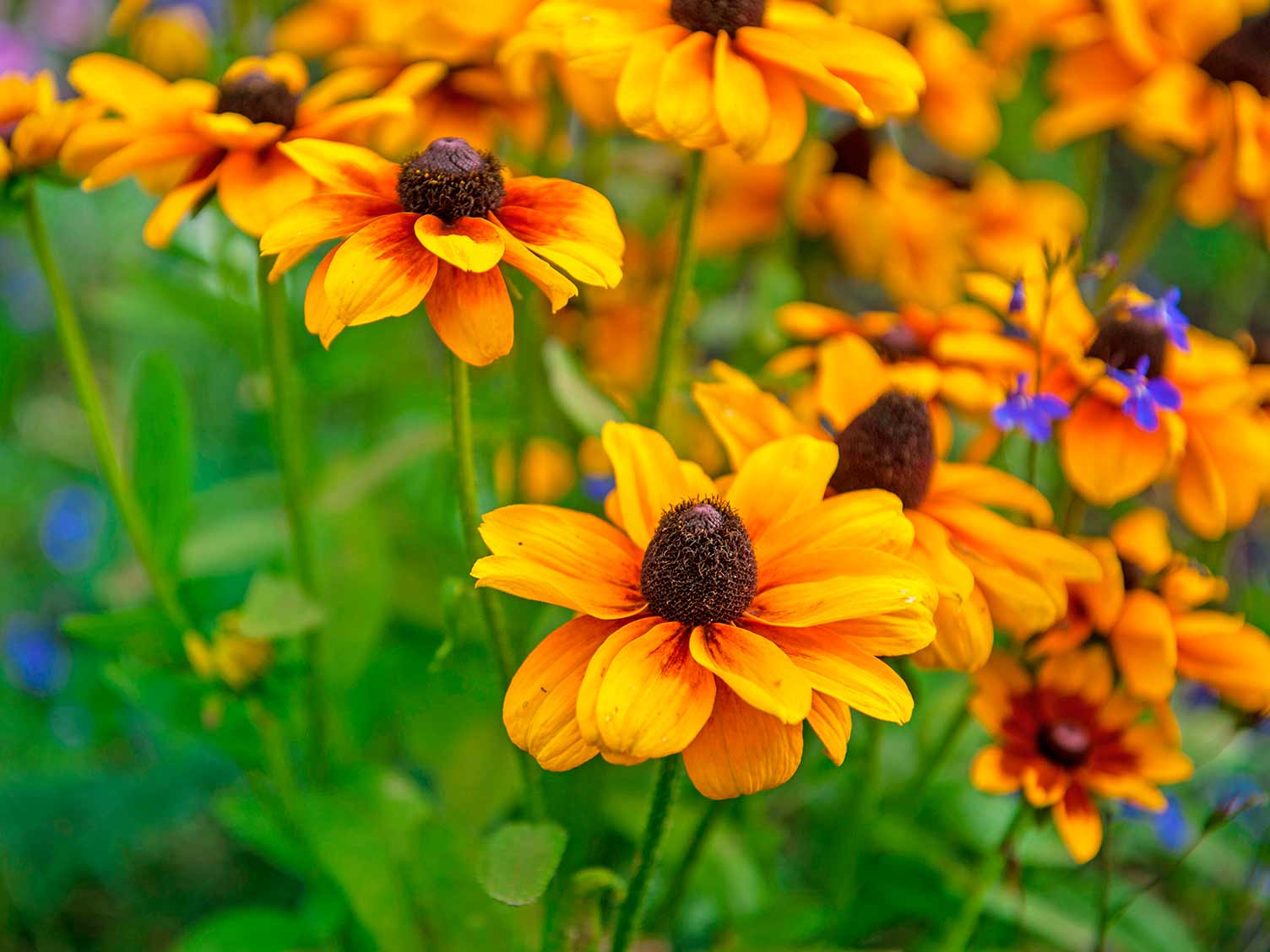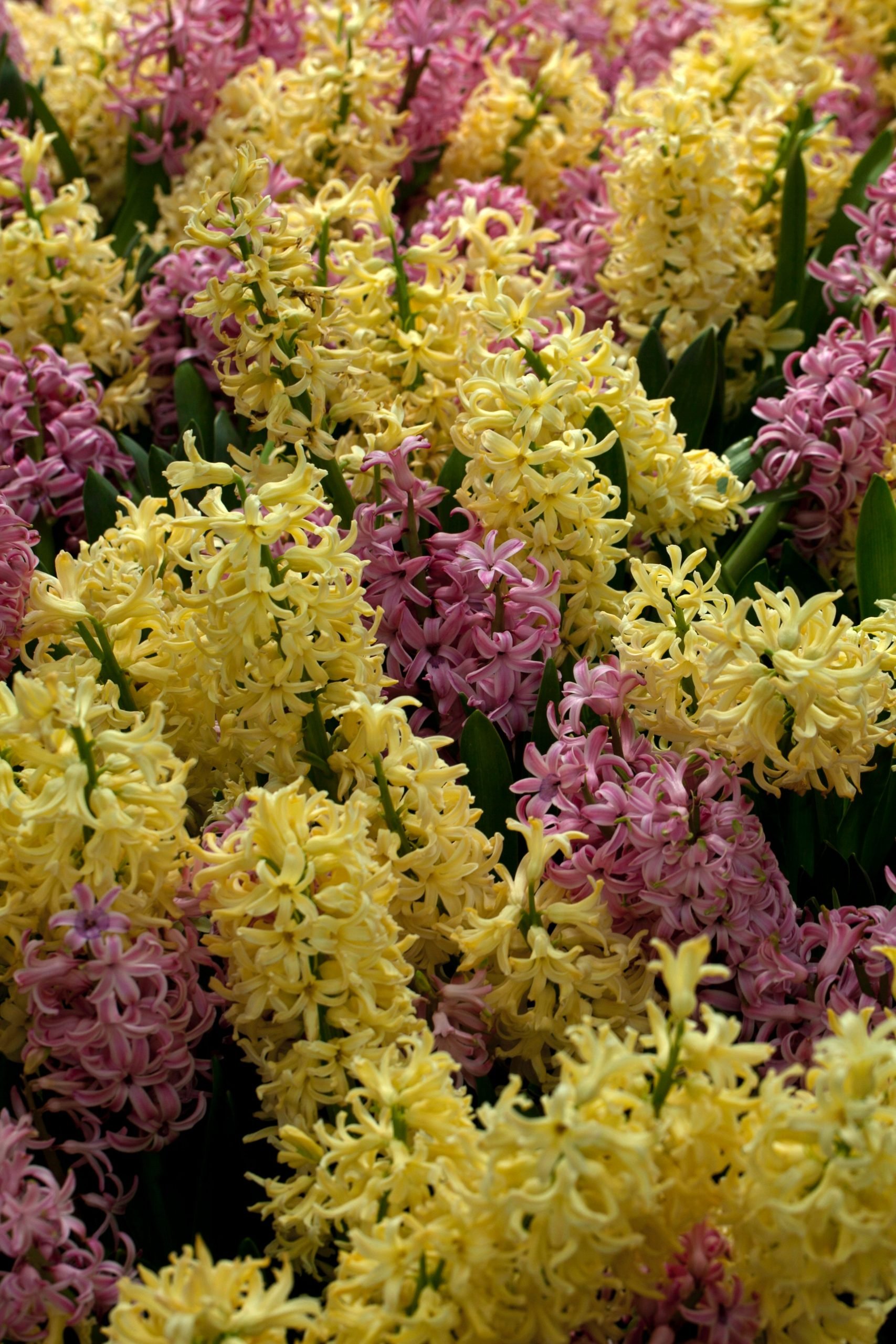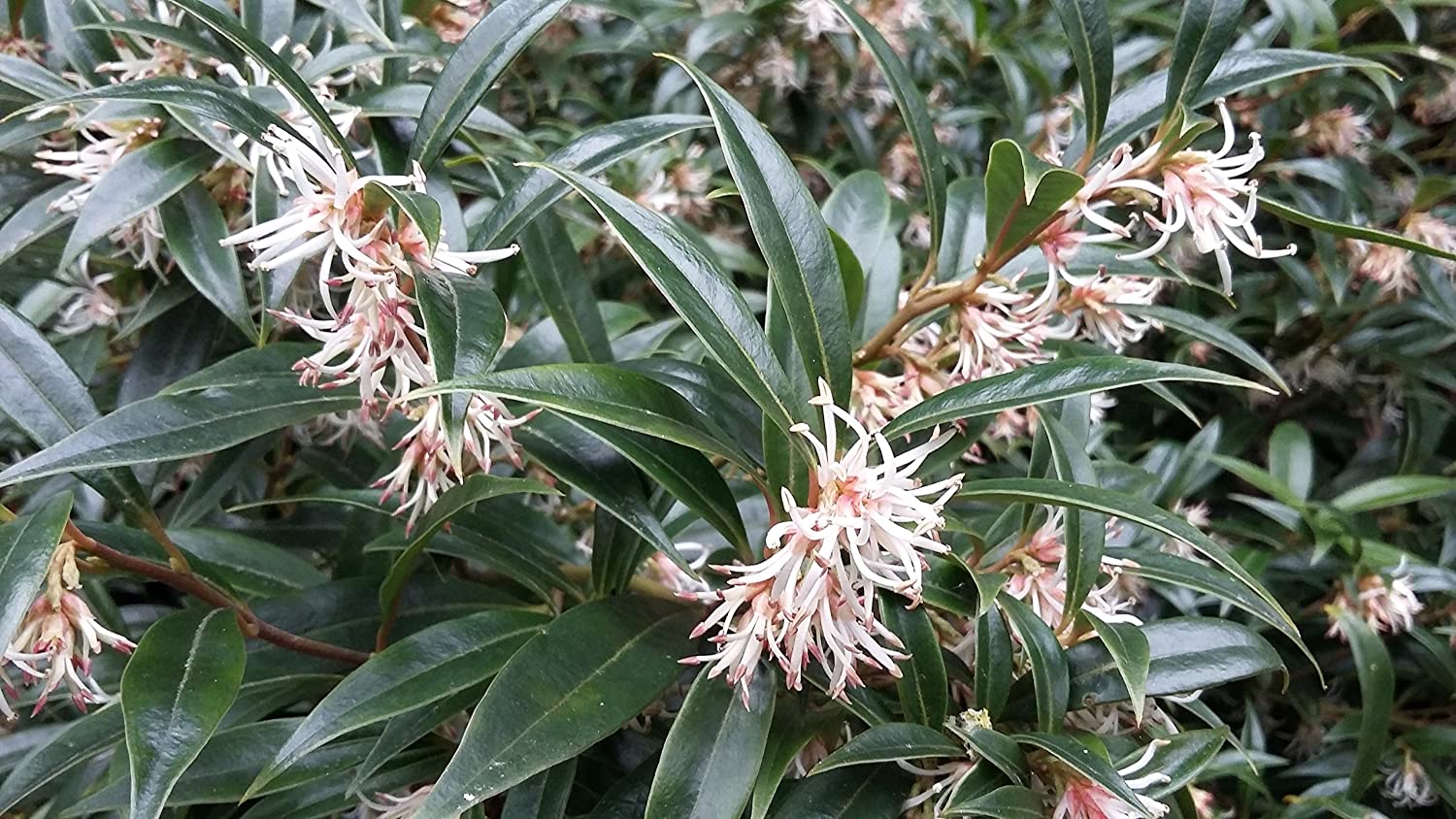Tips for Growing and Caring Poppy Plant: Your Complete Guide
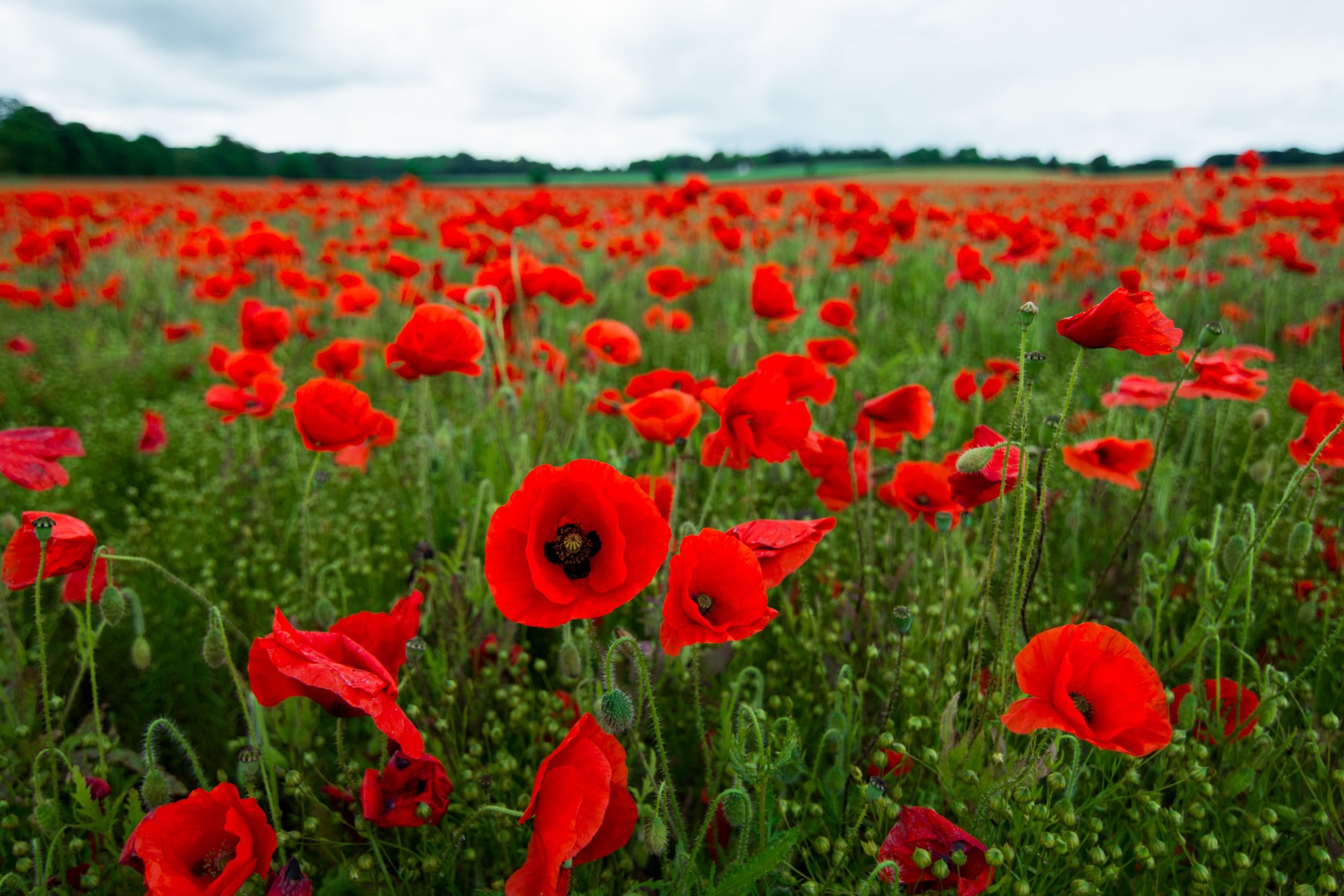
Table of Contents
The mesmerizing beauty of the Papaver somniferum poppy species will undoubtedly take your breath away. Breeding poppy plants right from the seed or splitting the roots of existing ones are excellent ideas, to begin with.
Poppies are versatile, eye-pleasing plants that have over 250 varieties to choose from. And they are the sturdier ones, which flourish in well-drained soil and adequate watering. Till poppy seeds grow profusely, watering the soil deeply once a week is necessary. Since all species require a specific environment to blossom, choosing which poppy seeds to sow is a crucial task. For example, American poppies are very delicate to handle. While Oriental poppies have the most showy blooms but die in too much heat.
So, let’s look at this step-by-step guide to select the correct poppy plant for you. This guide will help you understand how and when to plant poppy seeds, maintain them, and keep the plant bug-free.
When to Plant Poppy Seeds?
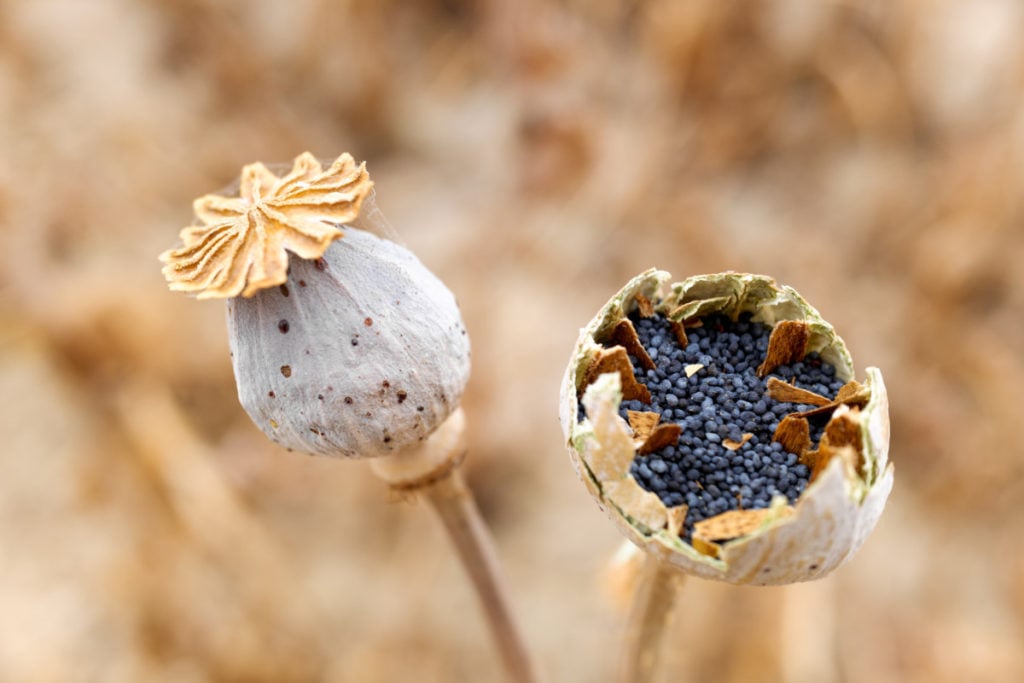
Poppies grow faster when planted from fresh seeds instead of transplanting them. These seedlings need to be placed in an assortment to germinate appropriately. Thus, the best time to breed them is in the fall or winter before they start blooming. You can also harvest them in early spring while your area still has the last frost left.
However, if you are transplanting the seeds, use biodegradable peat pots. Pot them before the winters end and place them indoors. Once the seedlings have been established, you can take them outside for flowering.
If you stay in a place with moderate winters, cultivate the seeds in the fall. This way, the poppies will get enough colder temperatures before the hot summers come up. After 2-3 weeks, seeds will start sprouting. Poppies also come in mixed-double seeds that are excellent for growing in late autumn or early spring.
The only thing to remember about when to plant poppy seeds is to have a cooler environment for them to thrive.
How to Grow Poppies?
Poppies can be grown in almost every place. But choosing a suitable variety according to your weather conditions is very important. Once you have selected which poppy to plant, follow these steps to turn your space into a heavenly garden.
1. Stratification Technique
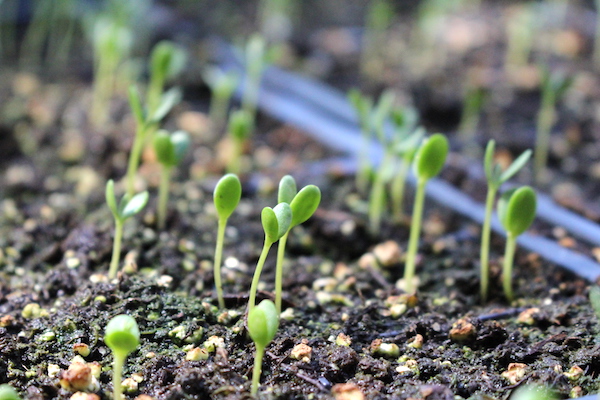
Before planting the poppy seeds, they must undergo a two-week process called cold stratification. It is a technique to break the seed coat and let water enter the roots, which helps germinate them. Not all varieties require a stratification process. So, before you open up the seed and start watering it, do some research and determine whether your plant needs to be stratified.
2. Planting Poppies
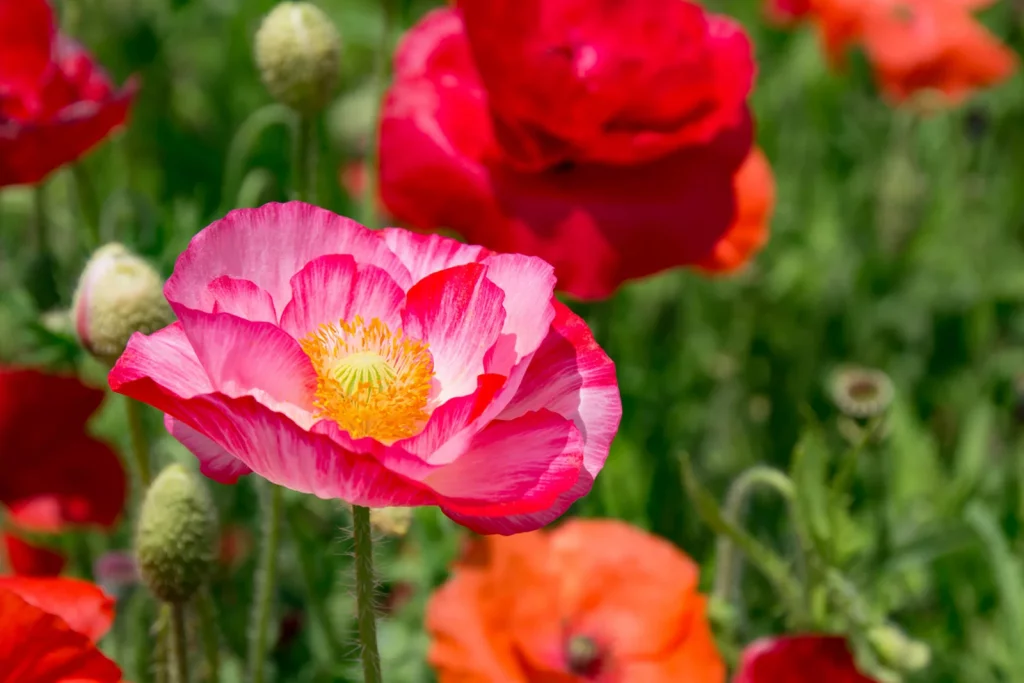
Poppies don’t transfer well, so purchasing fresh seeds is a good idea. Simply buy them from your closest nursery or online. Mix one part seed and five parts sand, and sprinkle them around. If planting in rows, spread the seeds 6-8 feet apart and let them sprout. Consider sowing the seedlings in different stages rather than planting them all together. You can plant half the seeds in early spring and the rest later. It will help you determine whether your chosen species are doing fine in your climate conditions. If the first batch germinates without any issues, plant the second one right in.
3. Finding a Perfect Spot
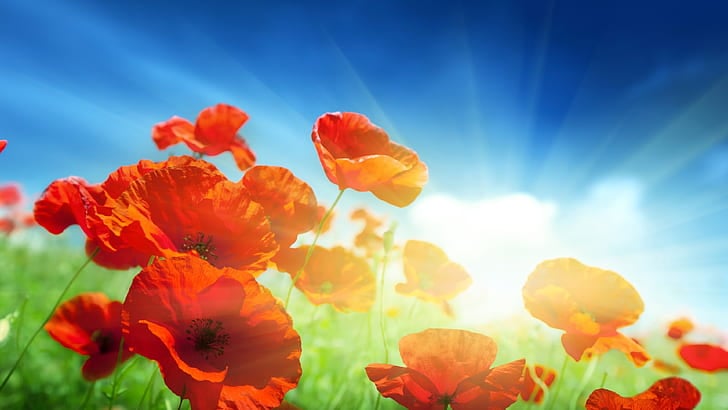
Most poppies prefer full sun and can be quickly grown anywhere without any shades. You can plant them alongside your yard’s borders or pot them in your chosen space. Poppies require at least six hours of sunlight and grow ideally in early spring. But, if you live in a hotter area, finding a sunny, sheltered spot is necessary to protect poppies from intense heat waves. Some of the species flower more abundantly when they get to retain proper light.
4. Test Your Soil
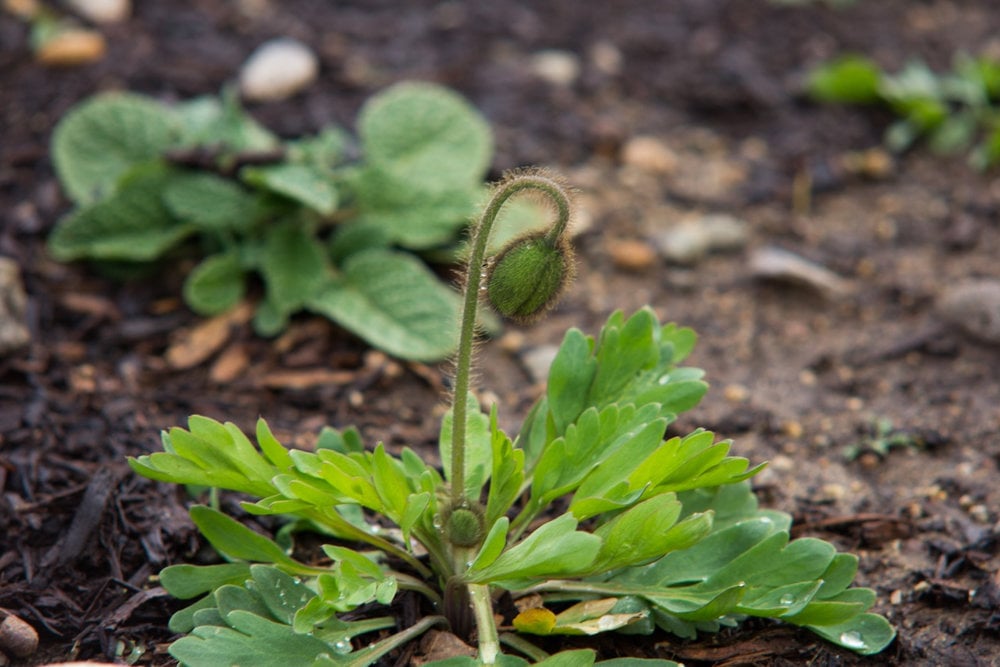
It is not said enough that these plants need loose, well-drained soil for better results. Otherwise, poppies will rot due to the waterlogged soil. Prepare the bed well enough weeks before planting the actual seeds. Add some well-rotted compost to the soil and fork it. You can even test your soil drainage by digging a hole 4 inches deep and filling it with water. Fill the gap with water again once it is drained, then note how long it takes to dry off completely. If it’s taking four hours or less, the soil is ideal to start sowing.
5. Minimal Watering to Poppy Plant
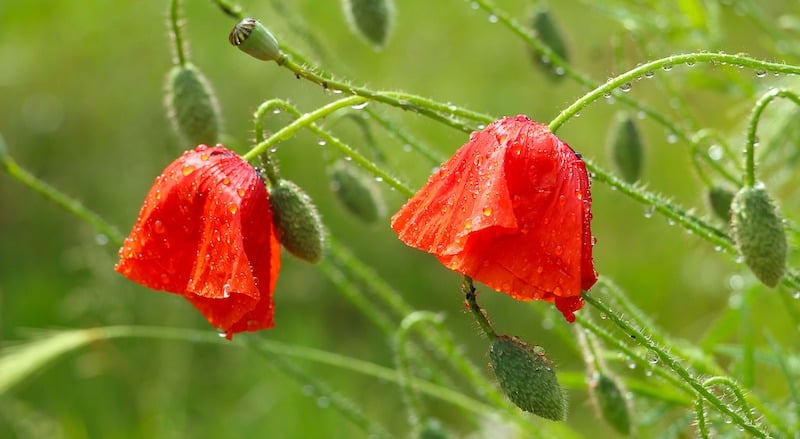
Keep the soil moist by sprinkling water over it. Poppy seeds being very delicate, requires minimal watering. So, always first check for moisture with your fingers, and if it feels dry, then pour some more water. In hotter weather or if poppies turn brown, they need more watering than usual. However, don’t drench them with overwatering, as it is one of the primary reasons for the plant dying early.
6. Applying Fertilizers to Poppy Plant
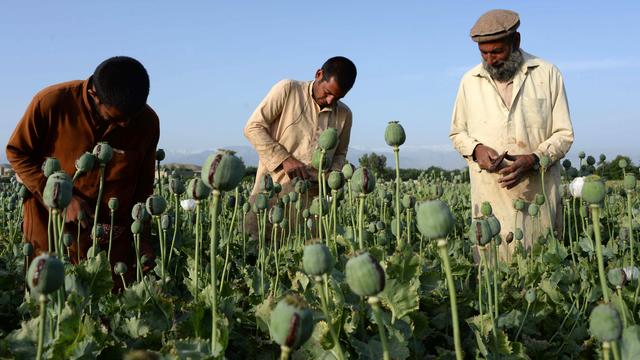
If you want to quicken the planting process or your soil is of poor quality, using a fertilizer would help. Wait until the plant grows 5-10 inches tall, then use a neutral pH fertilizer. You can opt for a soluble fertilizer, like Yates Thrive Soluble Flower and Fruit or any multipurpose organic liquid. It will help maintain the balance and push poppies to grow elegantly.
Caring Tips for Poppies
- Thinning Poppies:Poppies usually take up to 2-3 weeks to germinate. You can thin the seedlings by placing them 6-8 inches apart when they sprout.
- Water Adequately:Water your plants moderately when they are still breeding. Once they are established, only water them when the top layer of the soil gets dried out.
- Mulch Utilization:Use organic mulch to avoid weeds growing around the plant. Try bark chips mulch which will look good and keep the soil moist for longer.
- Separating Clusters: Divide clumps of poppies once they are done flowering. Splitting them in the early stage can damage their roots permanently.
- Deadheading:Removing the dead blooms will help the plant grow fresher throughout the summer. Otherwise, poppies will start turning yellow and wilting down and eventually die.
Species of Poppy Plants
Poppy flowers are considered remarkable plants as they symbolize resilience and peace. Although poppy flowers have around 70 species, let’s check out some of the most-grown ones.
1. Opium Poppy (Papaver somniferum)
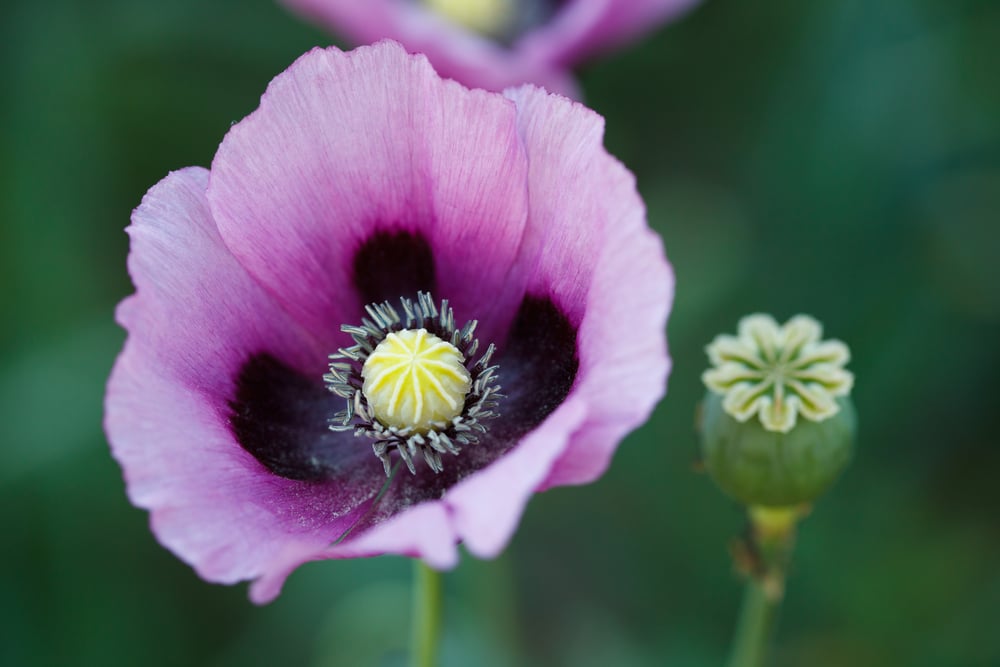
This poppy from Turkey comes with beautiful pink, red, purple and white flowers. They have unique foliage and are the tallest species of all. They need full and partial sun with well-drained soil.
2. Long-Headed Poppy (Papaver dubium)
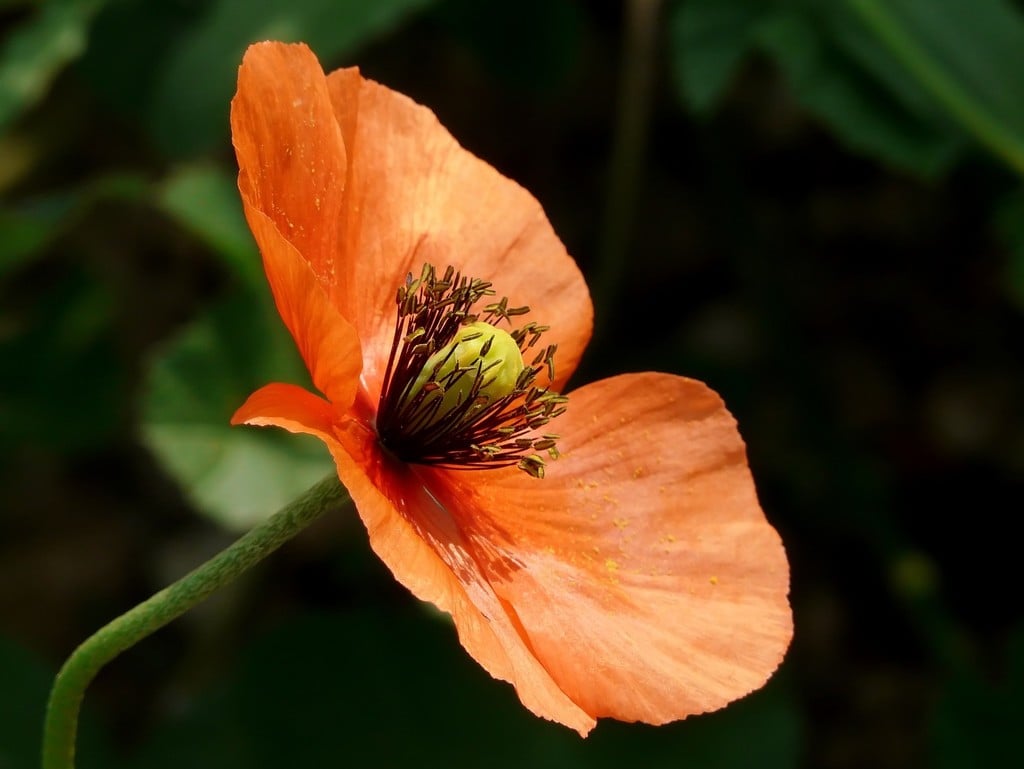
Papaver dubium is the most common poppy in the North of England. They have paler and are the smallest flowers than the rest of the poppies. It has a seed capsule that is longer than wider and prefers being planted in sandy soils.
3. Rough Poppy (Papaver Hybridum)
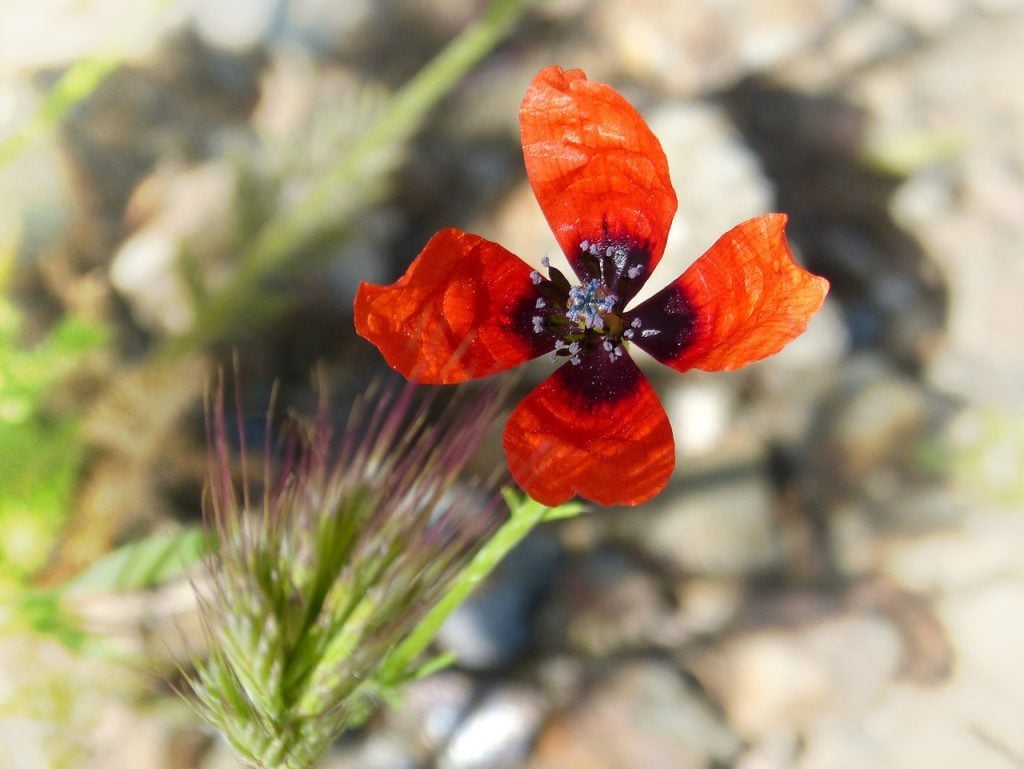
It is the most exquisite and rarest of poppies you’ll find. Its seed capsule is globe-shaped and covered with yellow bristles. It flowers small, red petals that have a black spot in its centre.
4. Himalayan Poppy (Meconopsis grandis)

They are unusual papery flowers that resemble poppy flowers. However, Himalayan poppies are not really part of the Papaver genus. These are very tough flowers to grow, but they grow up to 5 inches across in sky-blue shades.
5. Iceland Poppy (Papaver Nudicaule)
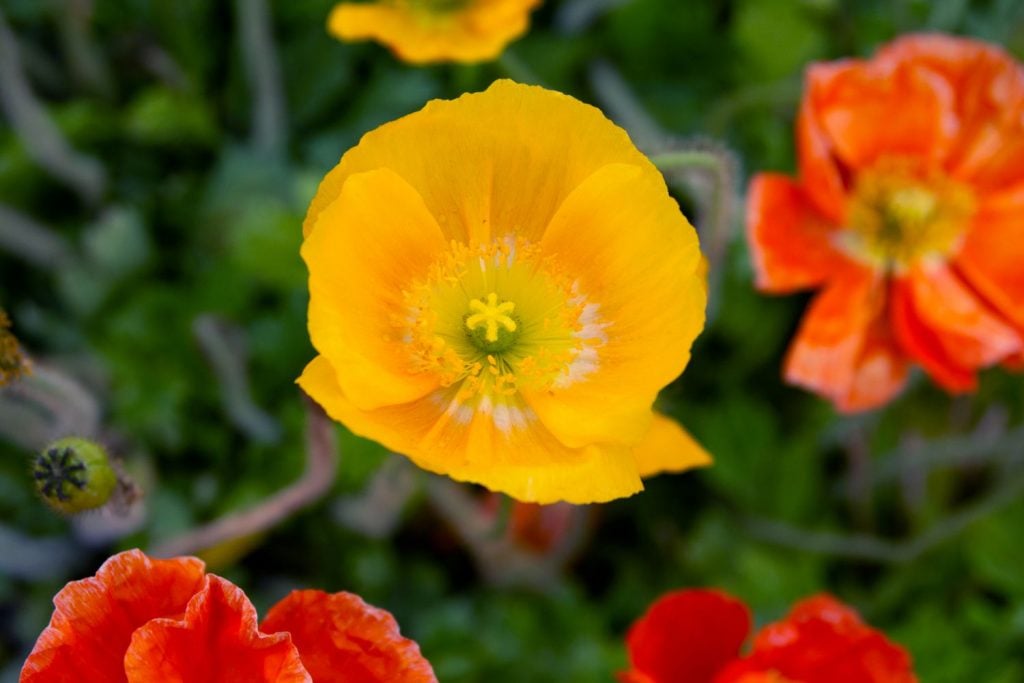
It’s a short-lived perennial that only stays perennial in northern climates. When planted elsewhere, it grows as an annual plant only. Iceland poppies cultivars are available in different colours, like yellow, white, salmon, rose, and pink flowers.
6. Common Poppy (Papaver rhoeas)
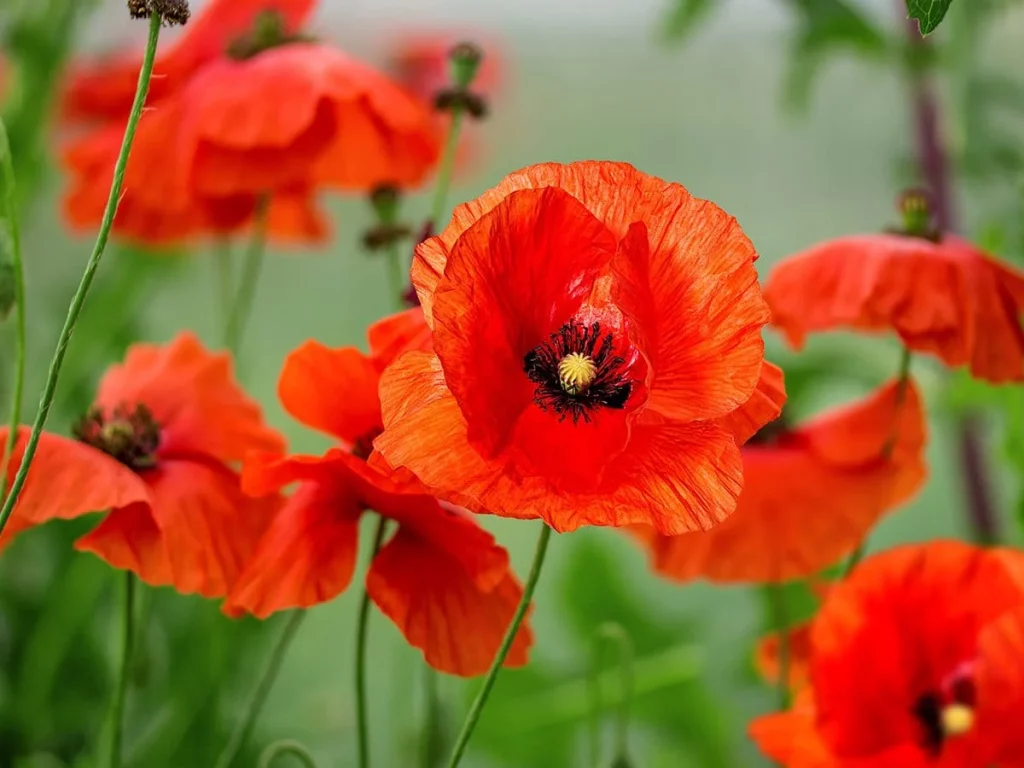
It is an annual herbaceous species with many names, like common poppy, corn poppy, or red poppy. It flowers scarlet red petals and requires almost no maintenance. Common poppies have several yellow, orange, pink and white cultivators.
To Sum Up!
Poppy plants play a vital role in wildflower mixes. Being an attractive pollinator, the plant captivates good insects like bees and butterflies. That, in return, makes up for a beautiful wildlife vibe to your place.
Learning how and when to plant poppy seeds might be daunting, especially for newbies. So, take out a notepad, and jot down when you cultivated the seeds, when they grew, when they flowered, and all the details. It will help you understand why gardening seems like a challenging task but actually soothes you instead.
So, if you want to experience a fascinating environment in your garden, planting poppies is clearly the answer. Don’t forget to tell us in the comments which variety you plan to pot this spring.
Frequently Asked Questions (FAQs)
How Often Should You Water Poppy Seeds?
Poppies are drought-tolerant plants. So, in colder weather, they require less watering. Just water the plant once every 2-4 weeks, and you are set. But, in summer, they need frequent watering, once every week or two. Younger plants or seedlings prefer almost regular watering.
When Do Poppies Bloom?
Poppies thrive in late winters to early summers, flourishing primarily between April and June. However, depending on the species, some might bloom better in summer than in frosty air. Like in colder coastal regions, California poppies will flower all summer.
Do Poppies Prefer Sun or Shade?
It would be a waste of time sowing poppies in the shade, as they grow well in full sun and well-drained soil. The more sunny the location, the more they will prosper. Otherwise, they’ll become leggy and might die sooner than expected.
Can You Grow Poppies in Pots?
Poppies are multi-purpose plants that can be grown from seeds in pots, containers, or directly in the garden. They work in both indoor and outdoor environments, as poppies are pretty resilient. Simply use a good drainage pot and breed the seeds inside.
Why My Poppy Leaves Are Turning Yellow?
Underwatering the plant can cause leaf browning, as poppies need proper moisture. If your plant is wilting leaves or turning brown or yellowish, they are all symptoms of insufficient watering. Use an effective soil drainage system and light watering to keep your plant healthy.

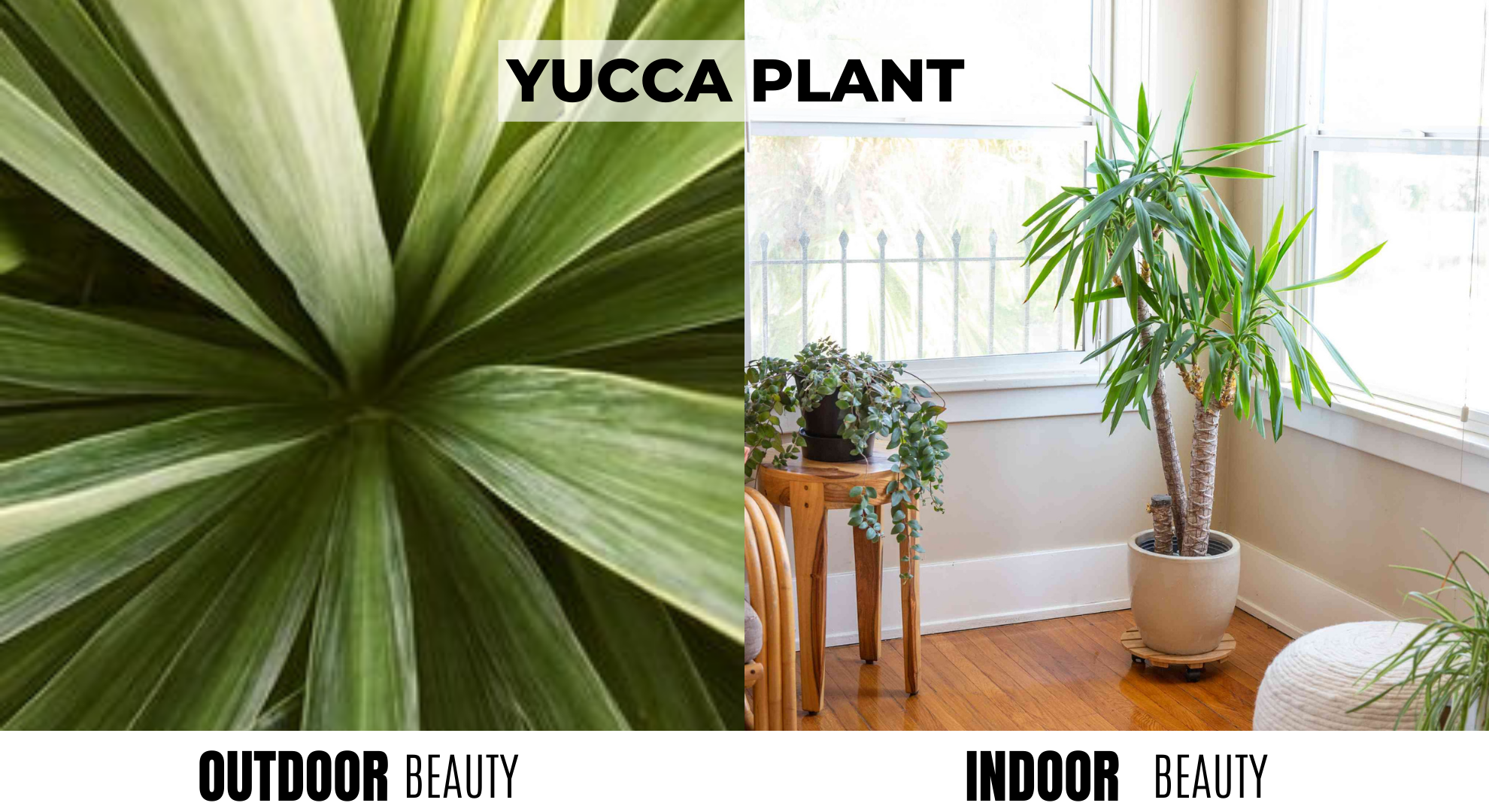
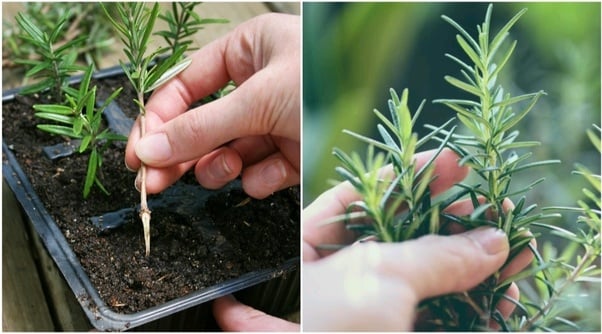
![Pelargonium Citrosum ‘Citronella’ Plant [Growing and Caring Tips]](https://staging.thearches.co.uk/wp-content/uploads/Pelargonium-Citrosum-Citronella-Plant.jpeg)
